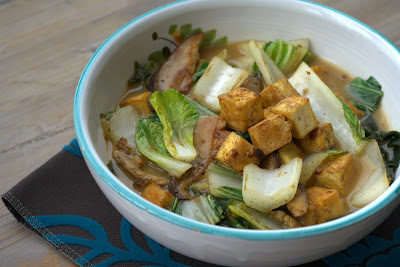The Nutritious and Adaptable Tofu: A Timeless Tradition in Japanese Cuisine
Tofu, also known as bean curd, is a staple ingredient in Japanese cuisine and has been a part of the country's culinary tradition for centuries. The origins of tofu can be traced back to China, but it was introduced to Japan during the Nara era and has since become a mainstay in many traditional Japanese dishes.
Tofu is made by coagulating soy milk to form curds, which are then pressed into blocks. The resulting tofu has a variety of textures and flavors, making it a versatile ingredient in many meals. There are several types of tofu, including silken tofu, firm tofu, and dried tofu, each with its own unique texture and flavor. Silken tofu is creamy and delicate, and is often used in soups, dipping sauces, and salads. Firm tofu is denser and has a chewier texture, and is commonly used in stir-fries, stews, and grilled foods. Dried tofu is produced by air-drying firm tofu and has a chewy texture and mild nutty flavor.
In addition to being a popular ingredient in traditional dishes, tofu has also become increasingly popular in modern cuisine, with dishes like tofu pizza and tofu burgers becoming more prevalent in Japan. Tofu is also a key ingredient in plant-based diets, as it is a common element in vegetarian and vegan dishes.Not only is tofu delicious, it is also known for its health benefits. Tofu is low in calories and high in protein, and is also a good source of antioxidants, iron, calcium, and other minerals. This makes it a nutritious food for people trying to maintain a balanced diet.
Japan has a thriving tofu production industry, with many businesses specializing in producing premium tofu for both domestic and international markets. These businesses use traditional techniques to preserve the flavor and quality of the tofu. The country also has a large number of tofu businesses and restaurants that specialize in selling tofu-based foods.
In conclusion, tofu is a versatile and healthy food that has a rich cultural heritage in Japan. It continues to be an important part of the country's culinary legacy, and will continue to play a role in Japanese cuisine for years to come, whether in traditional dishes or in more innovative recipes.







Comments
Post a Comment